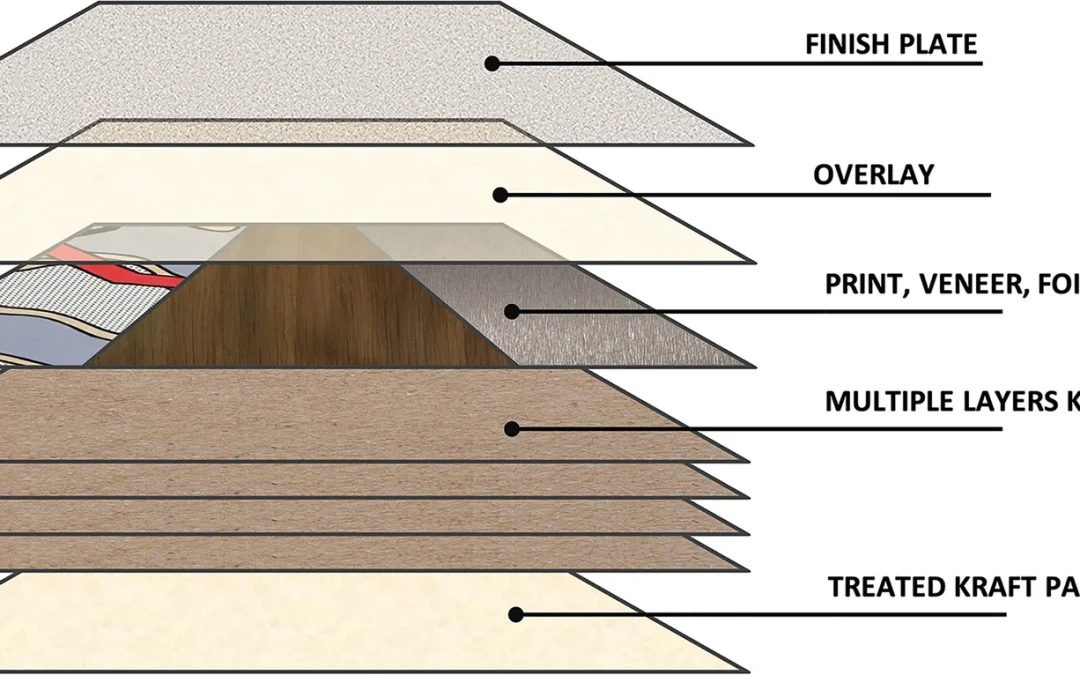Literature research revealed that scientific work on the characteristics of historical decorative laminates (DLs), like typology, and particularly the material-technical aspects related to the composition and build-up is scarce in the field of conservation-restoration of modern materials. This paper aims to take the first step towards filling in this knowledge gap by demonstrating that in-depth literature research and complementary chemical-physical analytical techniques are useful in characterising and contextualising historic decorative laminates. This research focused on gaining additional information within chemical analyses on material-technical insights. This could serve as a basis for a more comprehensive historical context. Several historical samples from different sample-catalogues and museum objects, spanning a period from 1953 to 1993, were collected and their respective cross-sections were characterised with infrared (mapping), FT-Raman, and dispersive micro-Raman spectroscopy. The different layers, such as the protective, decorative, and core layers were investigated, and materials such as melamine formaldehyde, urea formaldehyde, cellulose, lignin, titanium dioxide (rutile), zinc sulphide, synthetic organic pigments PR112 (monoazo pigment, Naphthol AS), and PG8 (azo metal complex, Pigment Green B) were detected.
